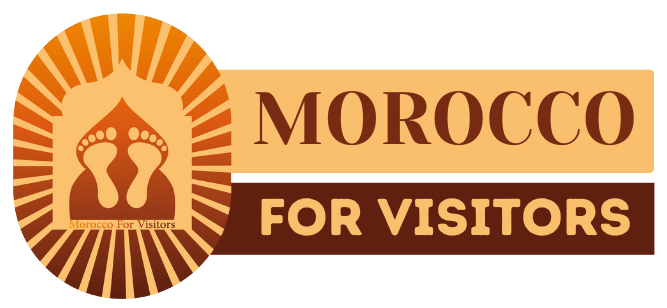- Home
- Tours list
- MARRAKECH TOURS
- 2-DAYS MARRAKECH TO ZAGORA DESERT TOUR
- 2-DAY MARRAKECH DESERT TOUR TO FES
- 3 Days Tour From Marrakech
- 3 Days Tour From Marrakech to Fes
- 4 Days Tour From Marrakech to Fes
- 4 Days Tour From Marrakech
- 6 Days Tour From Marrakech
- One Week in Morocco – 7 Days Desert Tour from Marrakech
- 8 Days Tour From Marrakech
- 10-Day Marrakech Desert Tour to Casablanca
- CASABLANCA TOURS
- FES TOURS
- TANGIER TOURS
- OUARZAZATE TOURS
- AGADIR TOURS
- MARRAKECH TOURS
- DAY TRIPS
- Special Tours
- About Us
- Blog
- Contact us
